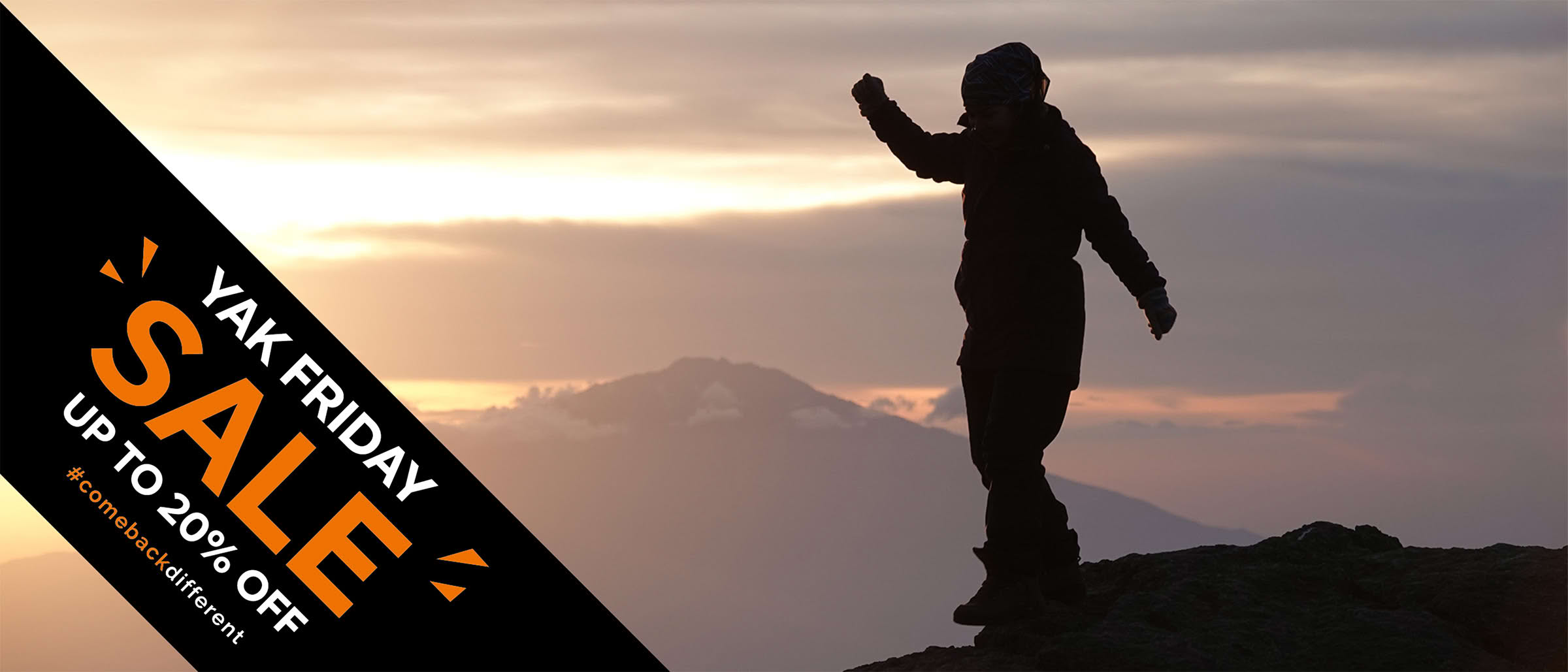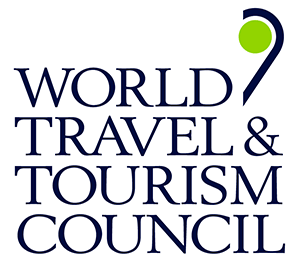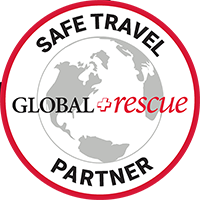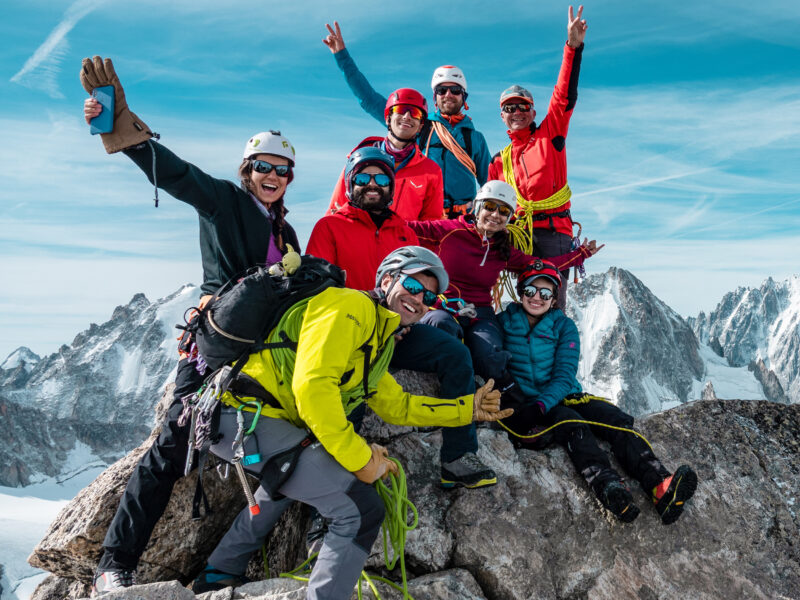BY Hazem El Shamy | April 09 2025
Is Kilimanjaro Dangerous?
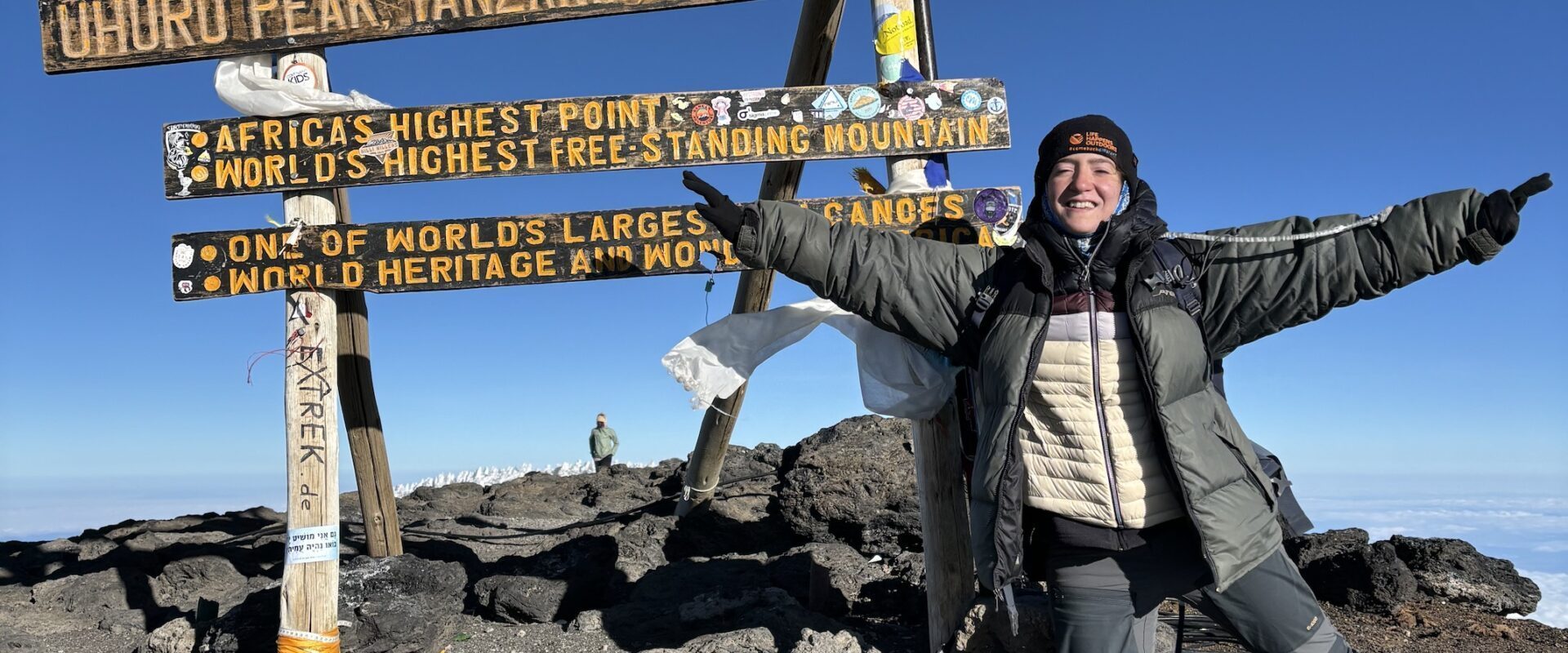
Mount Kilimanjaro, the highest peak in Africa, stands as an inviting challenge for adventurers from around the world. Unlike many other high-altitude mountains, Kilimanjaro does not require technical climbing skills, making it accessible to hikers of varying experience levels. But does that mean it’s safe?
Understanding the Risks
While Kilimanjaro is considered a non-technical climb, it still presents significant dangers, primarily due to its extreme altitude, unpredictable weather, and physical demands.
1. Dehydration: The Most Common Issue
The number one issue faced on Kilimanjaro is dehydration. As you ascend, your body loses more fluids through increased respiration and physical exertion, especially in the dry mountain air. Many climbers underestimate how much water they need to drink, which can lead to headaches, fatigue, and increase the severity of altitude sickness. Staying properly hydrated is one of the simplest yet most effective ways to improve your chances of a successful summit.
2. Altitude Sickness: The Biggest Threat
The most common and serious danger on Kilimanjaro is altitude sickness. As climbers ascend, the air becomes thinner, with oxygen levels at the summit dropping to about 50% of those at sea level. Symptoms can range from mild headaches and nausea to severe conditions like High Altitude Pulmonary Edema (HAPE) or High Altitude Cerebral Edema (HACE), both of which can be fatal if not addressed quickly.
3. Extreme Weather Conditions
Kilimanjaro’s climate varies drastically from base to summit. Hikers start in humid rainforests and move through alpine deserts before reaching an arctic-like summit. Temperatures can drop well below freezing, and high winds or sudden storms can make conditions even more challenging.
4. Physical Exhaustion and Injuries
Climbing Kilimanjaro is physically demanding. Summit day can require 12–16 hours of continuous hiking, often in freezing temperatures and high winds. Fatigue, dehydration, and minor injuries like sprains or blisters can slow progress and make the climb even more dangerous.
5. Rockfalls and Terrain Hazards
While not as prevalent as on technical climbs, some routes—like the Western Breach—have areas prone to rockfalls. Additionally, certain sections, such as the Barranco Wall, require scrambling, adding an element of risk.
How to Minimize the Risks
Although Kilimanjaro has its dangers, proper preparation and awareness can significantly reduce the risks:
- Choose the Right Route: Longer routes (such as the Lemosho or Northern Circuit) offer better acclimatization, reducing the risk of altitude sickness.
- Train Before the Climb: Building endurance and hiking at high elevations beforehand can improve your ability to handle the demands of Kilimanjaro.
- Follow a Slow Ascent: “Pole pole” (Swahili for “slowly, slowly”) is the key to success. A gradual pace allows the body to adjust to the altitude.
- Stay Hydrated and Nourished: Dehydration worsens altitude sickness, so drinking plenty of water and eating well is essential.
- Listen to Your Body: If symptoms of altitude sickness become severe, the safest choice is to descend. Ignoring warning signs can be fatal.
- Go with Experienced Guides: Reputable tour operators with experienced guides can provide essential support, monitor your health, and make critical safety decisions if necessary.
Is Kilimanjaro Worth the Risk?
For those who are well-prepared and take the proper precautions, Kilimanjaro is a challenging but achievable adventure. The risks are real, but with the right approach, the reward—standing on the Roof of Africa—is well worth it.
Would you take on the challenge?
About The Author
Hazem is an avid high altitude mountaineer and adventurer that has helped lead hundreds of climbers to summits across the Himalayas, Andes, Atlas, and Caucus mountain ranges. He believes that inspiration is best served on a sharp ridge 6000 meters up in the sky, and is committed to making big mountain goals more achievable to the everyday climber.
About Life Happens Outdoors
At Life Happens Outdoors, we believe in the power of nature to transform lives. As proud members of the Adventure Travel Trade Association (ATTA) and the World Travel & Tourism Council (WTTC), our team of certified guides and outdoor professionals is committed to the highest standards of safety, sustainability, and excellence.
Discover more about our story and mission on our Meet LHO page, or explore our curated adventures such as the Tour du Mont Blanc Trek, the Climb of Kilimanjaro, and Chasing the Northern Lights.









